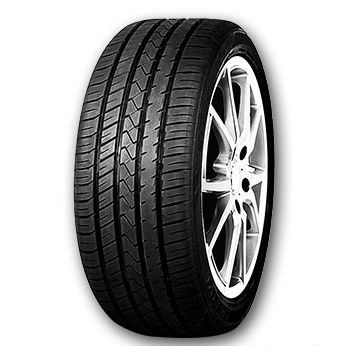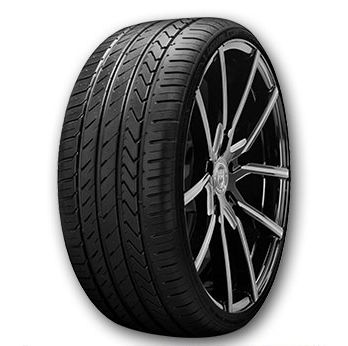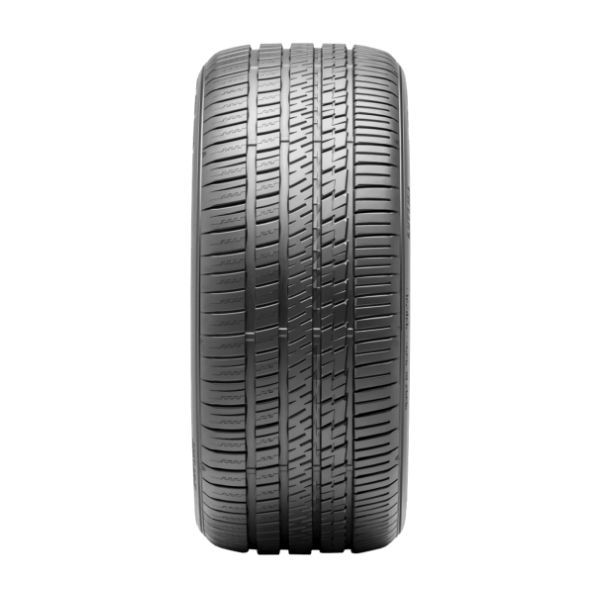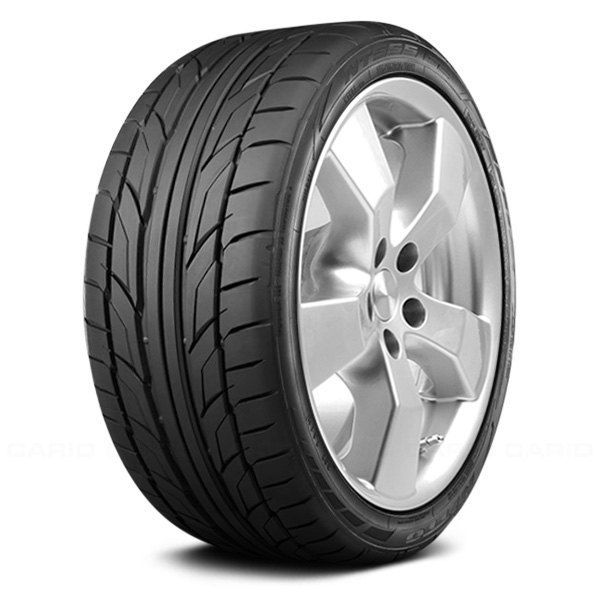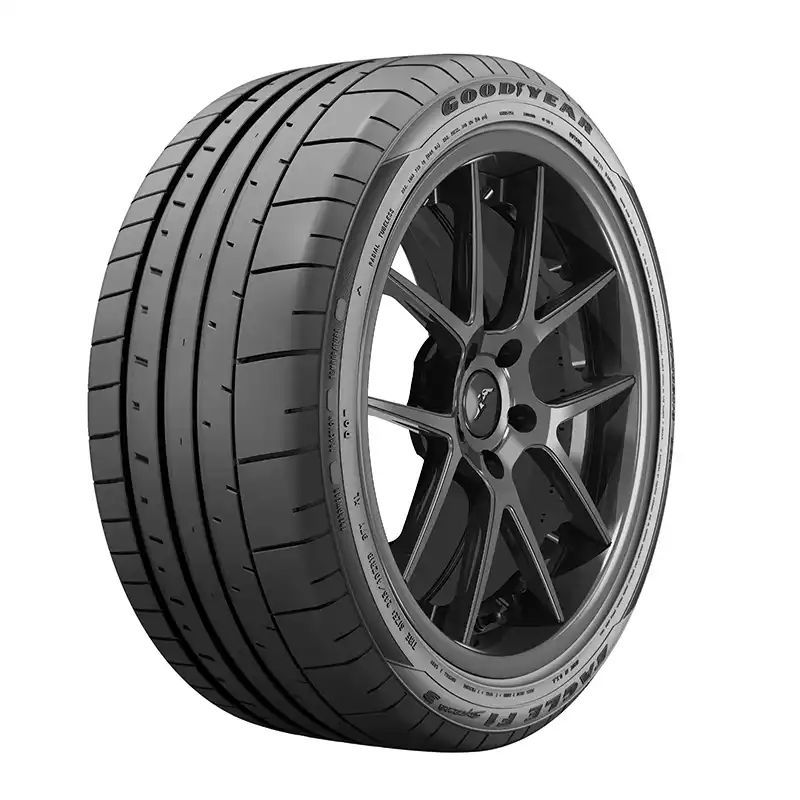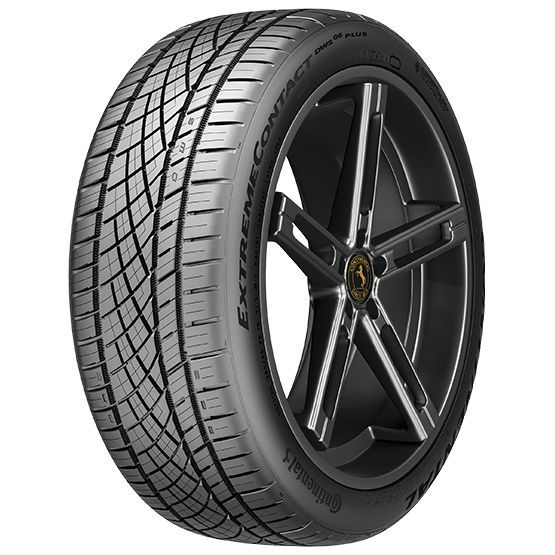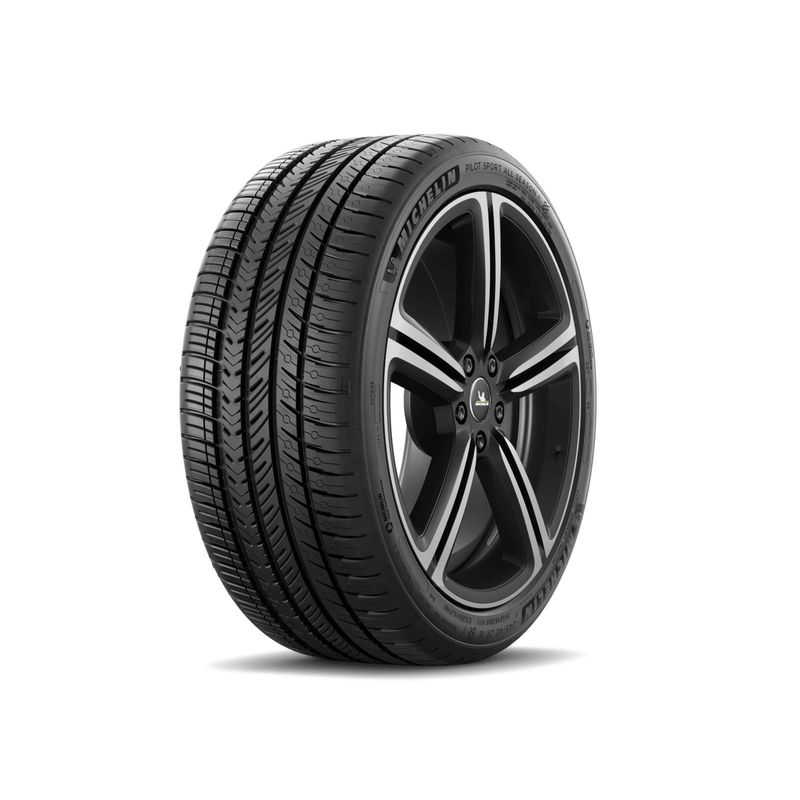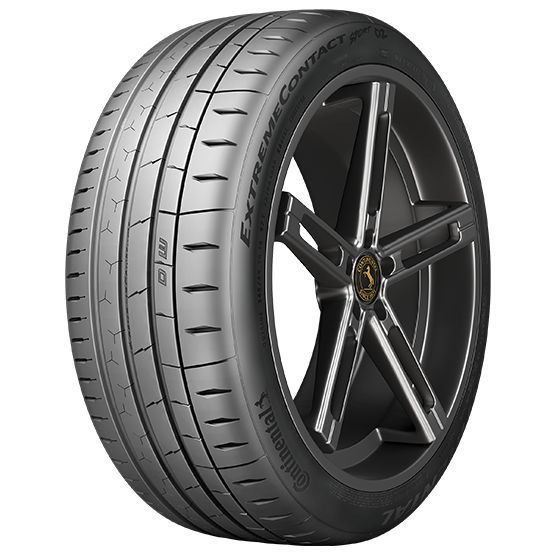Frequently Asked Questions
The numbers and letters in the tire size 305/30R20 provide the tire size information. "305" indicates the tire's width in millimeters. "30" is the aspect ratio, meaning the sidewall height is 30% of the tire's width. Moreover, "R" stands for radial construction, and "20" is the diameter of the wheel in inches.
The most typical use of this tire size is in high-performance sports cars, luxury sedans, and some high-end SUVs.
305/30R20 tires offer great handling and improved performance due to the large contact area and low-profile design. The grip and traction of the tires increase due to the bigger contact patch that provides stability, especially during cornering and at high speeds.
The tires of this size can have different lifespans; it depends on the driving habits, the quality of the road, and the maintenance of the tires. However, they are meant to endure 20,000 to 40,000 miles in general.
This tire size is relatively wide, which typically yields more rolling resistance and could potentially decrease fuel efficiency in comparison with narrower tires. In addition, higher fuel consumption is mainly due to increased rolling resistance and aerodynamic drag.




